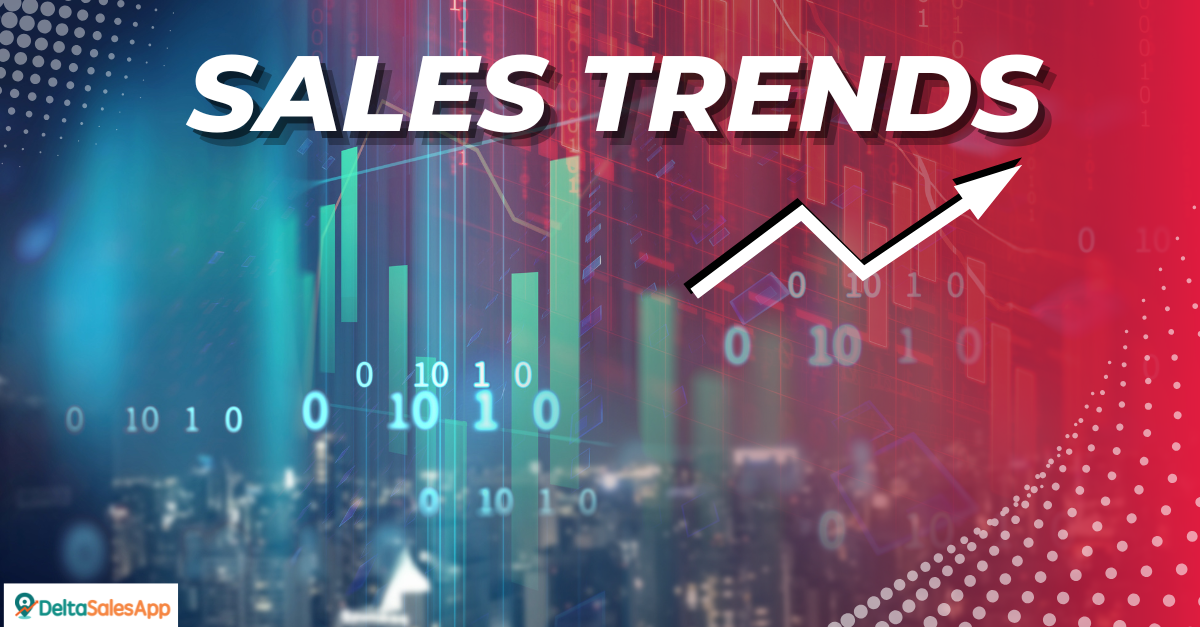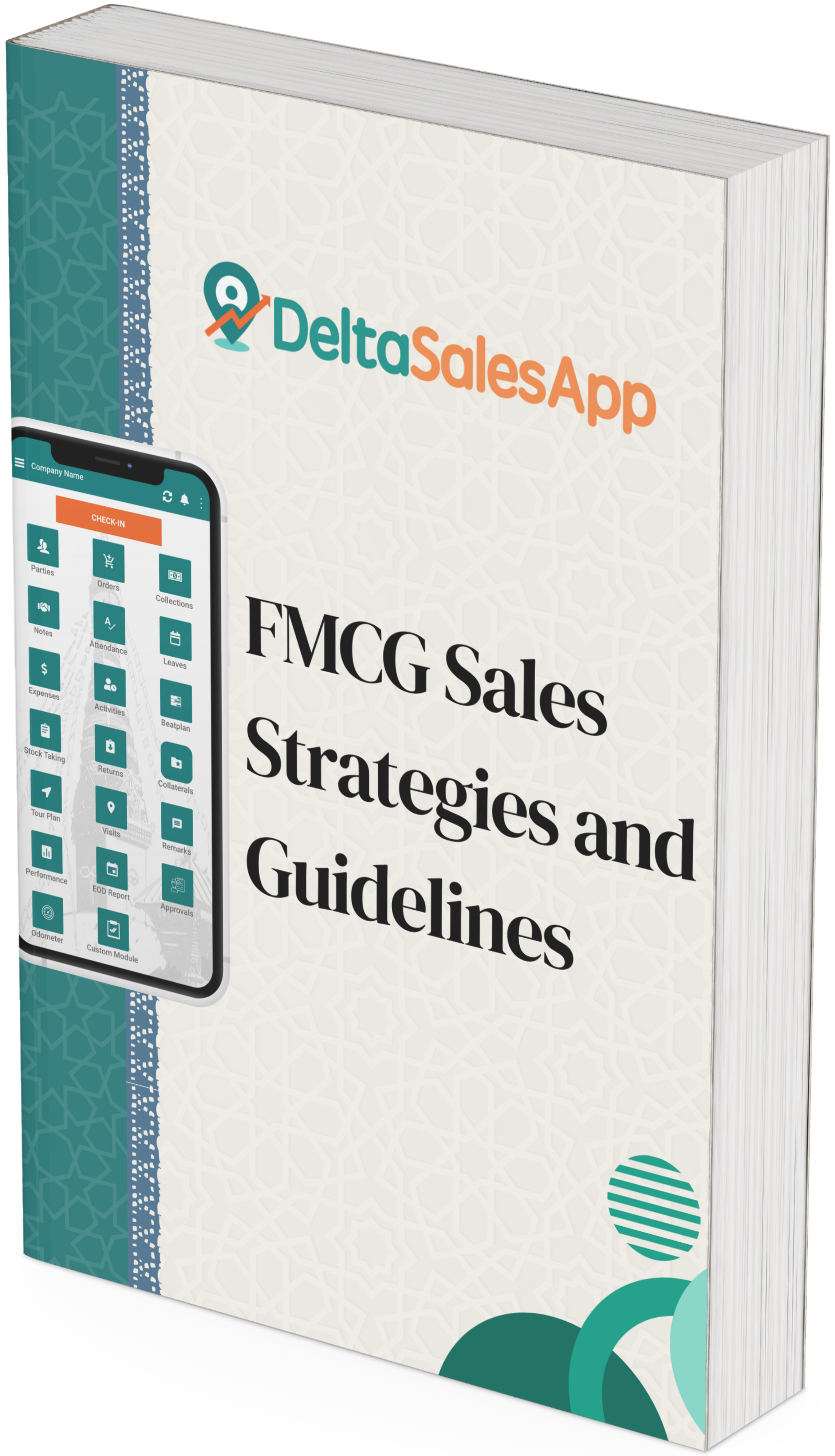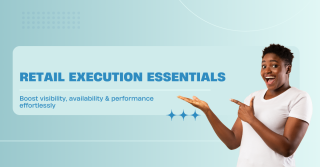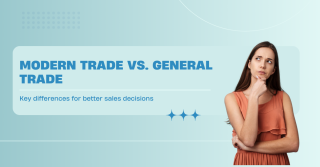6 Game-Changing Sales Trends to Focus on in 2025

As we dive into 2025, the world of consumer packaged goods (CPG) continues to transform at a rapid pace. Driven by digital innovation, environmental consciousness, and evolving buyer expectations, sales strategies in the CPG industry are undergoing a significant shift. Brands that stay ahead of these trends can enhance consumer loyalty, streamline operations, and outpace competitors.
Here are six key sales trends for 2025 that CPG companies should prioritize to remain competitive and customer-focused in an ever-evolving landscape.
Radical Transparency in Brand Engagement
In 2025, transparency isn’t just a buzzword—it’s a standard. CPG brands are being held to higher expectations, not only in terms of product quality but also in ethical business practices. Customers want to know where ingredients are sourced, how workers are treated, and what the long-term impact of a purchase is on their community and environment.
In response, successful brands are redesigning packaging to offer a clear view—both literally and metaphorically—into the product and the company behind it. Transparency builds trust, and trust drives conversions. Brands must prioritize openness about production practices, sourcing, pricing structures, and sustainability initiatives to win loyal customers.
Commitment to Sustainability is No Longer Optional
Sustainability continues to be a dominant force in sales trends for 2025. Today’s buyers are environmentally informed and expect brands to act responsibly. Whether it’s biodegradable packaging, refillable containers, or carbon-neutral shipping, eco-friendly strategies are a top priority.
CPG companies that want to thrive in this climate must embrace sustainability at every stage—from raw material sourcing to post-purchase recycling programs. And it’s not just about doing the right thing; sustainability is directly tied to profitability. Brands with clear environmental goals see increased brand preference and loyalty from modern consumers who care about the planet._1745237418.png)
Enhanced Value Beyond the Product
The days when selling a product alone was enough are long gone. In 2025, consumers are drawn to brands that offer meaningful value-added services. Whether it’s complimentary consultation, personalized packaging, or interactive digital content, the post-sale experience is just as important as the transaction itself.
For example, CPG companies are creating loyalty ecosystems through branded apps that offer tailored tips, personalized reminders, and special offers. These platforms often integrate features of real-time stock updates to enhance customer engagement and provide reps with tools to offer on-the-spot value through tailored recommendations.
By building a deeper relationship with buyers through continuous engagement, brands can extend their customer lifetime value far beyond a single purchase.
Understanding and Leveraging Consumer Sentiment
Modern consumers care about more than just features and price tags—they care about how brands make them feel. This shift in buyer psychology has made consumer sentiment a crucial component of the sales equation.
Forward-thinking brands are using real-time sentiment analysis and social listening tools to tailor their marketing messages, product positioning, and service offerings. By aligning with the values, identities, and aspirations of their audience, CPG companies can craft compelling campaigns that feel personal and relevant. Emotional connections foster brand loyalty, which in turn boosts long-term sales growth.
Digital-First Sales Strategies and AR Integration
The digital transformation in the CPG space has reached new heights. In 2025, brands are blending physical and digital experiences through immersive technologies like augmented reality (AR), voice search, and AI-driven personalization.
Mobile apps are more than just online stores—they’re becoming intelligent sales platforms. Many CPG companies are turning to Field Sales Force Automation solutions to enable their teams with instant access to customer data, real-time stock updates, and smarter route planning. These tools empower field reps to work more efficiently and deliver a more personalized experience at every touchpoint.
Additionally, omnichannel strategies are giving consumers the freedom to shop where, how, and when they prefer—whether through e-commerce sites, social media platforms, or in-store digital kiosks. For brands aiming to improve conversion rates and shopper satisfaction, investing in a strong digital infrastructure is essential._1745237394.png)
Subscription Sales Models are Reshaping Customer Relationships
Subscriptions have evolved from niche offerings to mainstream success strategies. In 2025, recurring sales models are being used to deliver convenience, predictability, and long-term value. CPG companies are now curating personalized subscription boxes or offering discounts for recurring orders on essentials.
Subscription models provide stability for brands and ease for consumers—particularly in sectors like personal care, health supplements, and household goods. Even smaller brands are finding ways to enter the subscription space through partnerships or third-party platforms.
Beyond revenue, subscriptions also provide ongoing insights into consumer behavior, which helps refine offerings, personalize messaging, and increase retention.
Final Thoughts: Future-Proofing Sales in 2025
The consumer sales landscape is being reshaped by a blend of technology, ethics, and personalization. In 2025, success for CPG brands will be defined not just by what they sell, but how they sell it.
To stay competitive, brands must:
Embrace full transparency
Commit to long-term sustainability
Offer valuable services beyond products
Listen to and act on consumer sentiment
Lead with digital innovation
Build loyalty through smart subscription models
And just as important as front-end strategy is back-end efficiency. Investing in smart tools like Distribution Management Software gives brands the visibility they need to manage distributor relationships, optimize supply chain processes, and track secondary sales across regions. These platforms help ensure product availability, reduce stockouts, and enable faster, data-driven decisions.
By aligning with these emerging sales trends and embracing advanced technologies, CPG companies can deepen customer relationships, increase profitability, and ensure sustainable growth in an ever-changing market.
Frequently Asked Questions (FAQs)
1. What is Field Sales Force Automation and how does it benefit CPG brands?
Field Sales Force Automation (SFA) is a technology solution designed to streamline and enhance the activities of field sales teams. For CPG brands, it provides real-time access to product data, customer information, inventory levels, and order history. This enables field reps to make quicker, more informed decisions, optimize their routes, and deliver personalized service—boosting sales efficiency and customer satisfaction.
2. How does Distribution Management Software improve CPG supply chain operations?
Distribution Management Software helps CPG companies manage and optimize their distribution channels. It enables real-time tracking of secondary sales, inventory, and distributor performance. By providing full visibility into the supply chain, it reduces inefficiencies, minimizes stockouts, and ensures that the right products reach the right stores at the right time.
3. Can small or mid-sized CPG companies benefit from Field Sales Force Automation?
Absolutely. Field Sales Force Automation tools are available in scalable formats, making them accessible to businesses of all sizes. Even small CPG companies can gain significant advantages—like improved field productivity, more accurate reporting, and better territory management—without requiring a massive upfront investment.
4. What’s the difference between Distribution Management Software and ERP systems?
While ERP systems handle broad business processes (like finance, HR, and procurement), Distribution Management Software focuses specifically on managing the distribution and sales lifecycle—particularly secondary sales. It provides specialized features like order tracking, distributor incentive management, and real-time field visibility, which are critical for CPG brands managing large distributor networks.
5. How does Field Sales Force Automation support omnichannel selling strategies?
Omnichannel strategies require seamless integration between digital platforms and field operations. Field Sales Force Automation ensures that reps in the field are working with the same data that customers see online—such as stock levels, promotions, and product updates. This alignment creates a consistent experience across channels, helping to drive conversions and build trust.
6. Why should CPG companies invest in Distribution Management Software in 2025?
In today’s fast-paced CPG landscape, agility and visibility are everything. Distribution Management Software gives brands the tools to monitor performance in real time, adjust distribution strategies quickly, and respond to shifting consumer demand. It’s a critical investment for companies looking to future-proof their operations and scale efficiently in a competitive market.









